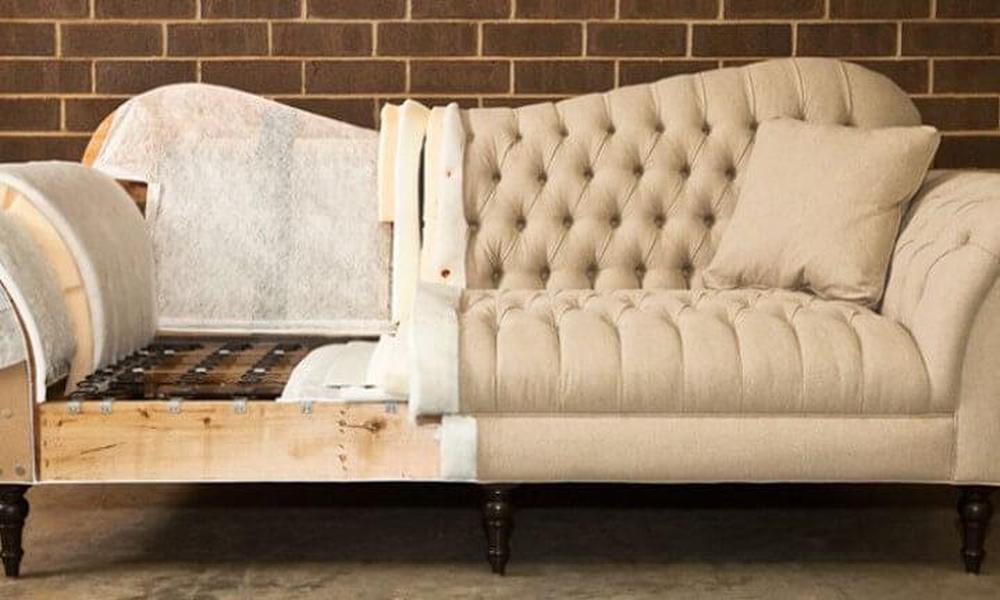
Upholstery for Comfort and Functionality
Upholstery is essential in interior designing as it provides comfort and functionality to furniture pieces. When we think of home or office spaces, the first thing that comes to mind is furniture. It is the central element that makes any room functional and comfortable. Upholstered furniture offers softness and cushioning, making it comfortable to sit or lie on. The upholstery also helps to reduce pressure points and distribute weight evenly, which reduces the risk of developing back pain or other musculoskeletal problems.
In addition to comfort, upholstery can add functionality to furniture pieces. For example, a sofa with storage under the seat or an ottoman with a removable top for storage can provide additional space for items. Upholstery can also make furniture pieces more durable and resistant to wear and tear. For instance, leather upholstery is known for its durability and longevity, making it a popular choice for high-traffic areas.
Upholstery for Style and Aesthetics
Upholstery is an excellent way to add style and aesthetics to any space. With countless fabrics, colors, textures, and patterns available, upholstery can help create a unique ambiance that suits the user’s preferences and lifestyle. For example, bold and bright fabrics can add a pop of color and create a vibrant and energetic atmosphere, while muted and subtle fabrics can create a calming and relaxing environment.
Upholstery can also be used to create a cohesive and coordinated look throughout the room or space. By selecting fabrics that complement or contrast with the wall and floor colors, upholstery can enhance the overall design and style of the space. For instance, if the room has a neutral color palette, upholstery with bold patterns or textures can add interest and create a focal point.
Upholstery is an integral part of interior design that not only adds to the beauty of spaces but also provides comfort and functionality. It involves the process of covering furniture pieces such as chairs, sofas, and beds with fabrics or materials like leather, vinyl, or cotton. Upholstery can transform the look of a room by adding texture, color, and pattern, creating a unique ambiance that suits the user’s preferences and lifestyle
Upholstery for Sustainability and Eco-friendliness
Upholstery can also contribute to sustainability and eco-friendliness With the growing concern for the environment, many consumers are looking for ways to reduce their carbon footprint and opt for sustainable and eco-friendly options. Upholstery made from organic, natural, or recycled materials can help to achieve this goal.
For example, fabrics made from organic cotton or linen are grown without harmful chemicals or pesticides, making them a more sustainable and environmentally friendly option. Upholstery made from recycled materials such as plastic bottles, old clothing, or even car seats can reduce waste and contribute to a circular economy. Additionally, by selecting durable and long-lasting upholstery materials, consumers can reduce the frequency of furniture replacement, which also benefits the environment.
upholstery is a critical aspect of interior design that enhances the beauty, comfort, functionality, style, and sustainability of spaces. Whether it’s for residential or commercial spaces, upholstery can help create a unique ambiance that reflects the user’s preferences and lifestyle. By selecting the right upholstery materials and fabrics, interior designers can transform any room or space into a functional, stylish, and eco-friendly environment.


